News Blog
Latest News From Our Volunteers in Nepal
VOLUNTEER COMMUNITY CARE CLINICS IN NEPAL
Nepal remains one of the poorest countries in the world and has been plagued with political unrest and military conflict for the past decade. In 2015, a pair of major earthquakes devastated this small and fragile country.
Since 2008, the Acupuncture Relief Project has provided over 300,000 treatments to patients living in rural villages outside of Kathmandu Nepal. Our efforts include the treatment of patients living without access to modern medical care as well as people suffering from extreme poverty, substance abuse and social disfranchisement.
Common conditions include musculoskeletal pain, digestive pain, hypertension, diabetes, stroke rehabilitation, uterine prolapse, asthma, and recovery from tuberculosis treatment, typhoid fever, and surgery.
FEATURED CASE STUDIES
Rheumatoid Arthritis +
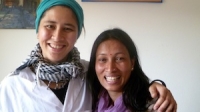
35-year-old female presents with multiple bilateral joint pain beginning 18 months previously and had received a diagnosis of…
Autism Spectrum Disorder +
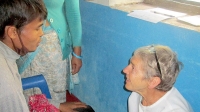
20-year-old male patient presents with decreased mental capacity, which his mother states has been present since birth. He…
Spinal Trauma Sequelae with Osteoarthritis of Right Knee +
60-year-old female presents with spinal trauma sequela consisting of constant mid- to high grade pain and restricted flexion…
Chronic Vomiting +
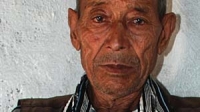
80-year-old male presents with vomiting 20 minutes after each meal for 2 years. At the time of initial…
COMPASSION CONNECT : DOCUMENTARY SERIES
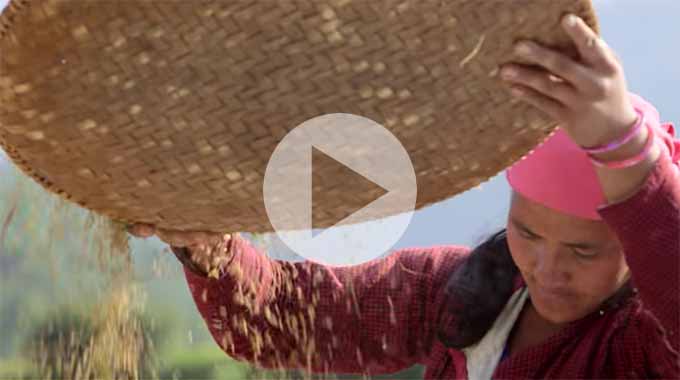
Episode 1
Rural Primary Care
In the aftermath of the 2015 Gorkha Earthquake, this episode explores the challenges of providing basic medical access for people living in rural areas.
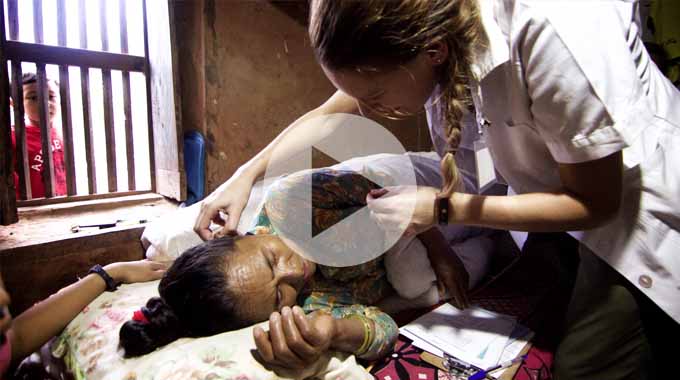
Episode 2
Integrated Medicine
Acupuncture Relief Project tackles complicated medical cases through accurate assessment and the cooperation of both governmental and non-governmental agencies.
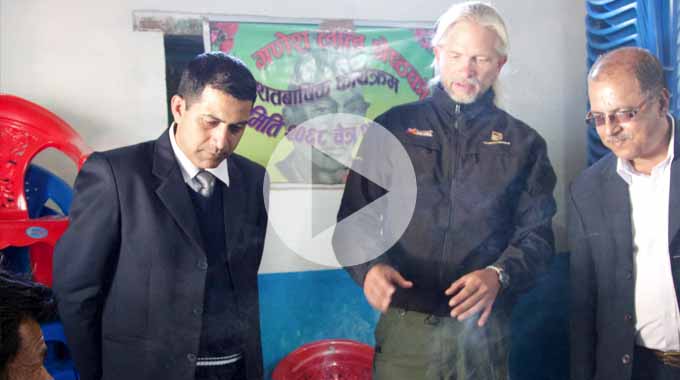
Episode 3
Working With The Government
Cooperation with the local government yields a unique opportunities to establish a new integrated medicine outpost in Bajra Barahi, Makawanpur, Nepal.
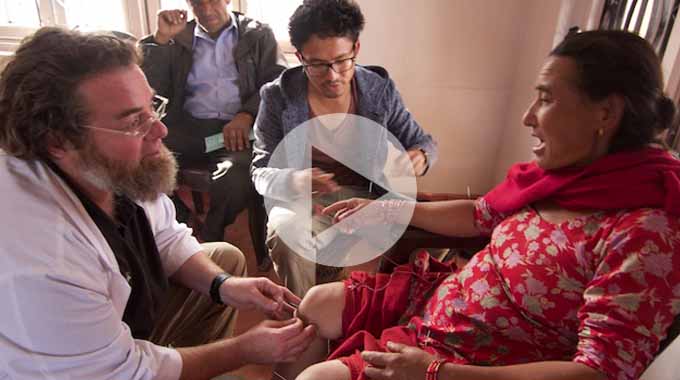
Episode 4
Case Management
Complicated medical cases require extraordinary effort. This episode follows 4-year-old Sushmita in her battle with tuberculosis.
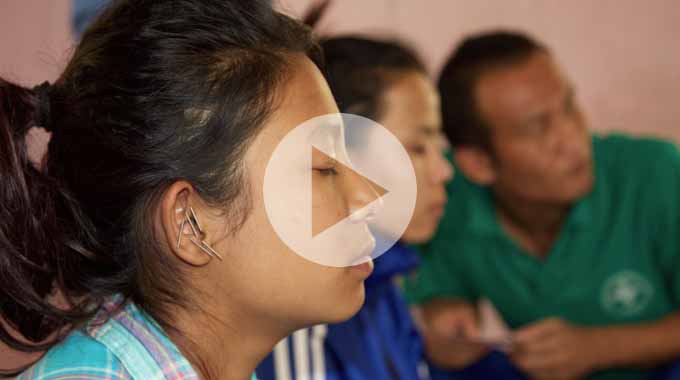
Episode 5
Sober Recovery
Drug and alcohol abuse is a constant issue in both rural and urban areas of Nepal. Local customs and few treatment facilities prove difficult obstacles.
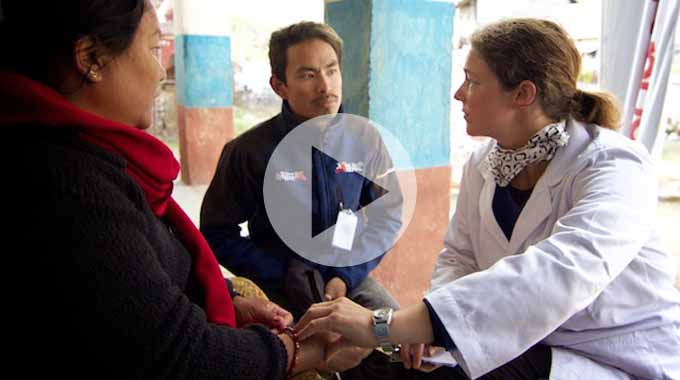
Episode 6
The Interpreters
Interpreters help make a critical connection between patients and practitioners. This episode explores the people that make our medicine possible and what it takes to do the job.
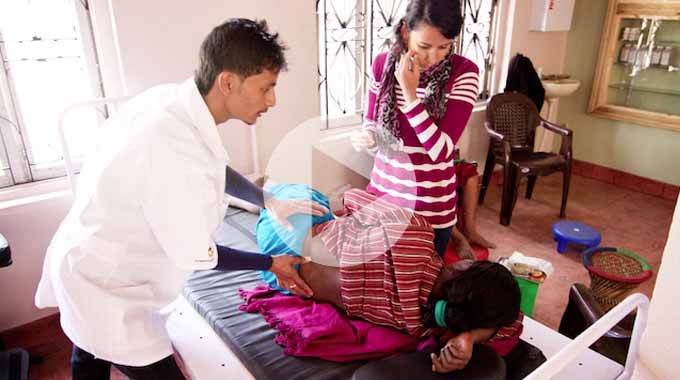
Episode 7
Future Doctors of Nepal
This episode looks at the people and the process of creating a new generation of Nepali rural health providers.
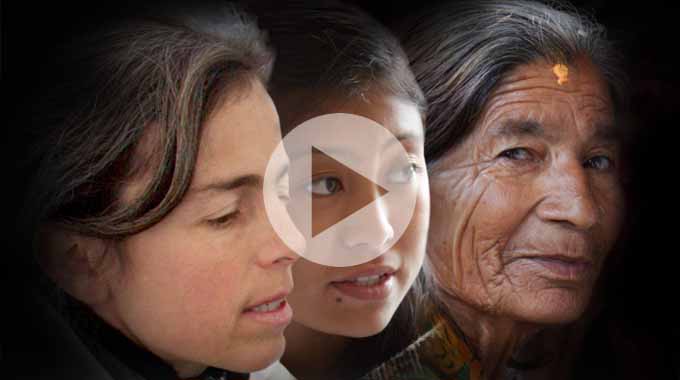
Compassion Connects
2012 Pilot Episode
In this 2011, documentary, Film-maker Tristan Stoch successfully illustrates many of the complexities of providing primary medical care in a third world environment.
From Our Blog
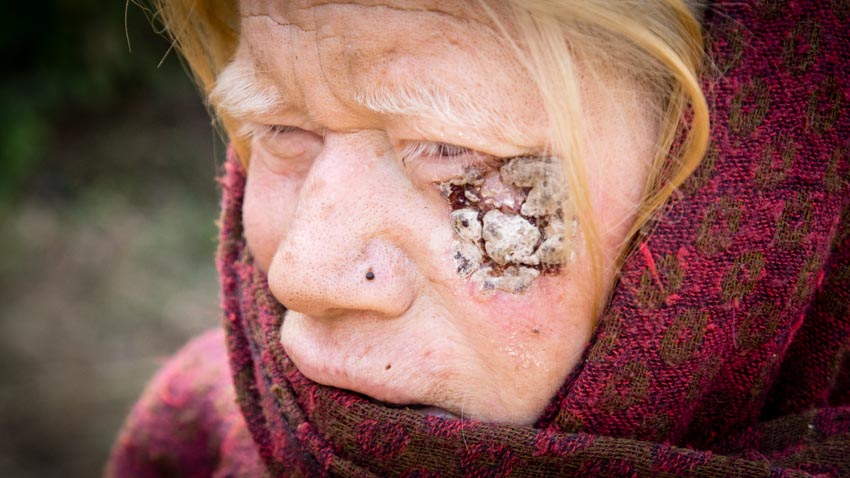
- Details
- By Andrew Schlabach

I’m totally overdressed, now sweating in my puffy jacket that only a few hours ago seemed totally adequate to stave off the morning frost. The Nepali middle hills tower and surround my small team of companions as we examine a man whom we came to see. The small, thirty to forty square foot shed made of corrugated sheet metal that is cobbled together with wire, serves as a house for him and his wife. It becomes our backdrop as we sit on a blue plastic tarp spread over the dusty, hard-packed ground. The stench of gangrene burns my nostrils and I am thankful for the thin latex barrier provided by my examination gloves as I probe the bone deep wounds on his feet. His three goats and a small mangy black and white dog look on at the strange scene with indifference.
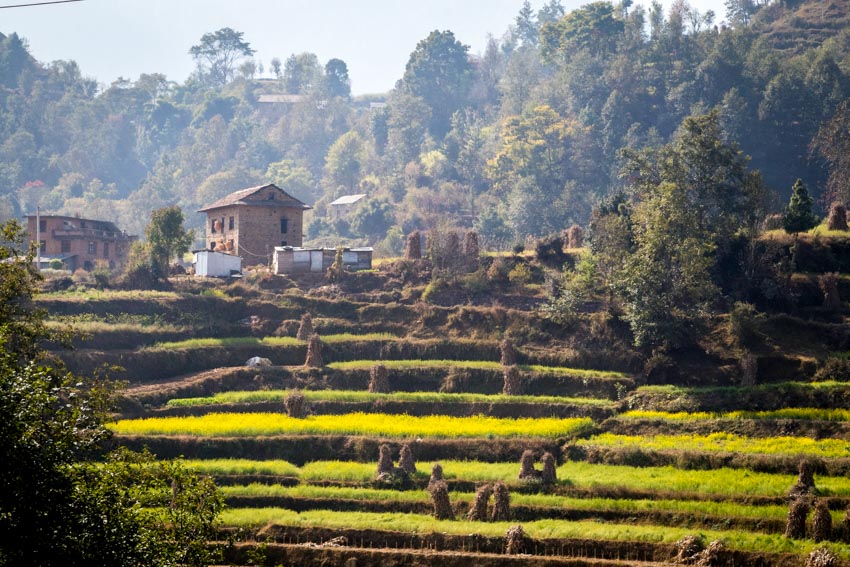
Just an hour earlier, I was witness to one of the loneliest human beings I have ever encountered. About a two hour hilly and steep walk from our Bajrabarahi Clinic -- basically two valleys over-- lays a small settlement of about a dozen stone and mud houses. Some have traditional thatch roofs, where others have a mixture of terracotta tiles and newer corrugated metal. A small creek supplies water to a population of about fifty Tamang people. The Tamang people may have been the original inhabitant of the Kathmandu valley originating from Mongolian tribes who migrated through northern Tibet into Nepal. Today they remain a very isolated ethnic group maintaining their own language and customs, rarely intermarrying with other ethnic groups. Typically they are very superstitious with a healthy skepticism of foreigners and have a higher than average poverty and illiteracy rates-- especially in these more isolated areas.
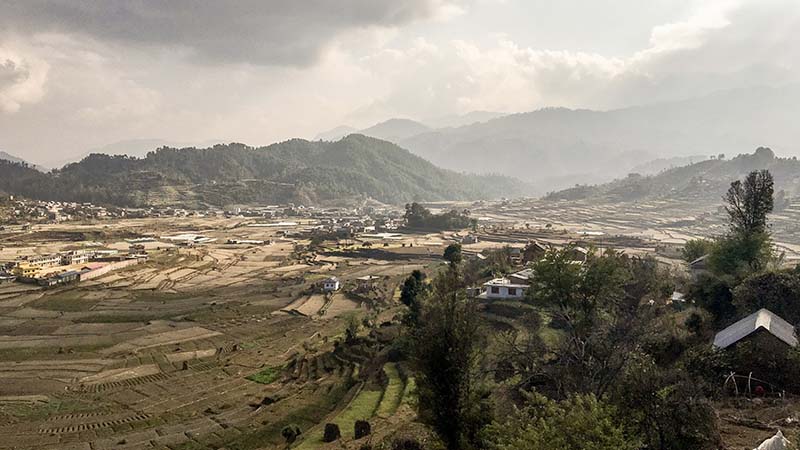
- Details
- By Kallie Harrison

After living in Bajrabahari at the Acupuncture Relief Project headquarters for 3-1/2 months it has become my home. As I think about my “other home” in Portland Oregon it seems like a lifetime away. I never thought I would get use to living here but now I cannot imagine anything different. Elissa, Andrew, Tsering, Bibek, Didi, Chandra, Litle Bimala, Bimala, Gunaraj, Milan, Amrita, Sushila, Sunmaya, Anupa and everyone else all have become my Nepali family. The thought of leaving them in three weeks pulls deeply at my heart. But it is not only them that I will be saying goodbye too. After seeing many of my patients 2-3 times a week for this long has created a bond that I hope to never forget.
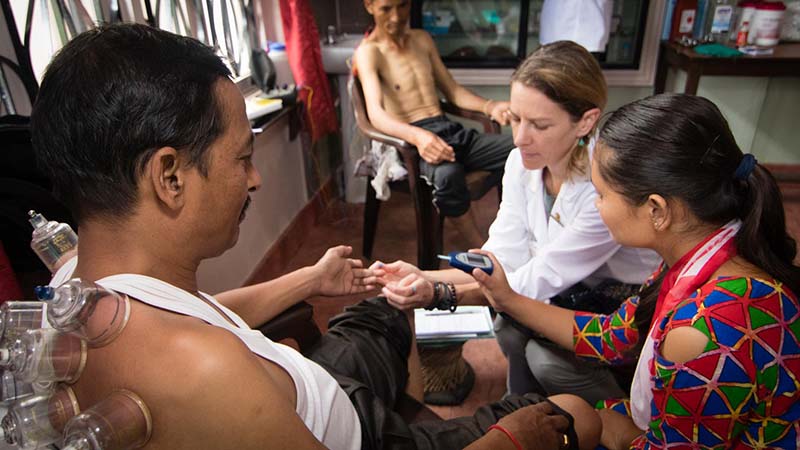
In the beginning of my clinic camp, the patients were wary of us as "the new doctors”. However, once the patient/practitioner relationship forms, they start to tell you more and more about why they are here, that story turns into more stories of their life, A bond starts to form. Everyday in clinic I look forward to our "Namaste" exchange and to hear the continued story. My favorite days are when they tell me about their families and how many animals they have. Two of my patients have continued to ask me to visit their homes on Saturdays. This is not an easy task, as I need to find an interpreter who will take me on their day off and also one who knows where they live.
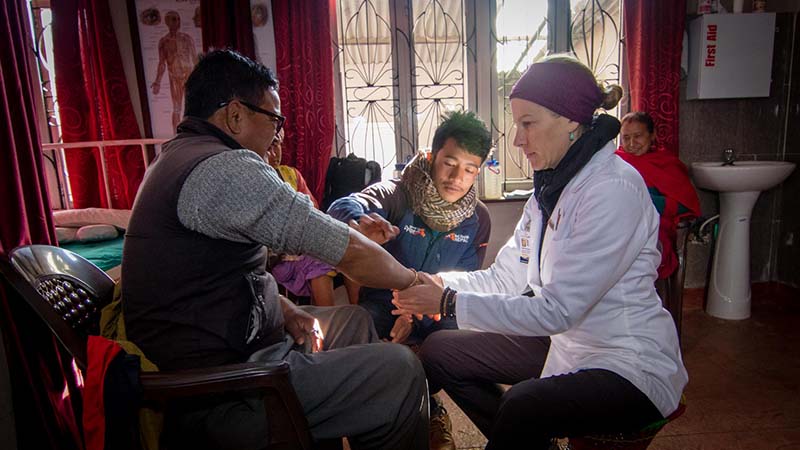
This past Saturday, Gunaraj (a senior interpreter) agreed to take me on his motorcycle and visit two of my patients that live in the same village about 15 minutes drive from the clinic. Once we arrived at the first house I was instantly reminded that I should have not had lunch before we left. Immediately my patient was handing me two full plates of food and told me to eat. One plate of Dal Baht another place of rice pudding and fried doe, both piled high. Once Gunarj and I ate, she sat down and held my hand. We talked about her family and whom she lives with: husband, son, daughter in law and two grandsons. We talked about her pain and also me leaving. She asked me twice to take her back to America with me. She said she would love to go to America and take care of me. We both laughed and smiled at each other.

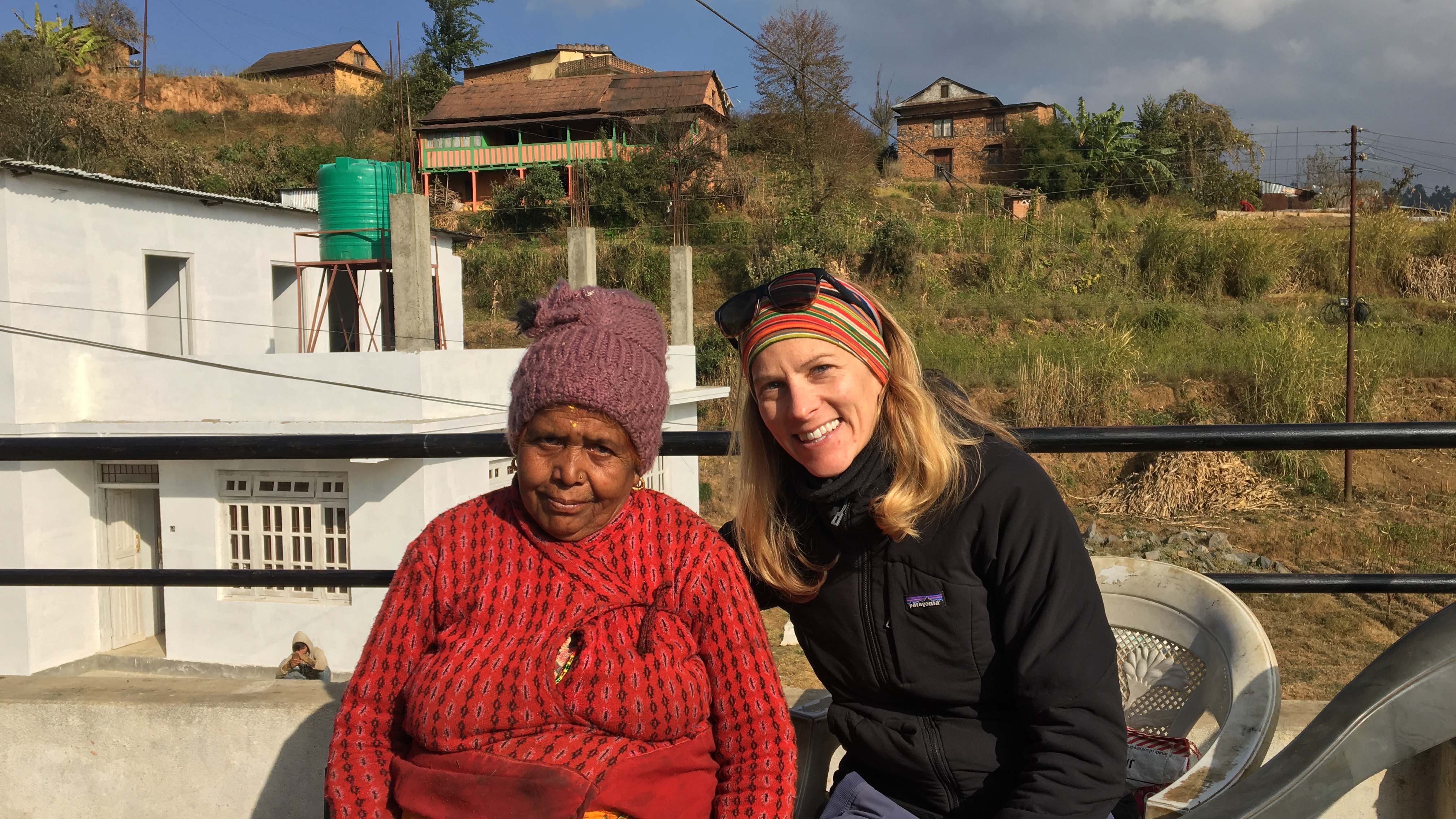
The second house was up the hill from where we were. I jumped on back of the motorcycle and held on tight, as it was a bumpy and steep road. As soon as we arrived, my patient came out and said she had been watching the road all day, as she was excited for my arrival. She invited us in and told us to sit. She instantly went to her stove and started warming up friend doe patties and a potato curry. Her mother, whom she lives with joined us as well. I began eating another big plate of food plus she gave us sweet tea with milk. We talked about her home and her animals. She asked questions about my family, if I had kids and if I was married. She was disappointed on my answers but said I am still beautiful and young and have time. She explained how it use to take her two hours to walk to the clinic and now she can get there in one hour because her knee’s are less painful. She told me how sad she was for me to go and disappointed that she cannot call me because we do not speak the same language. We took pictures, held hands and talked about her garden.
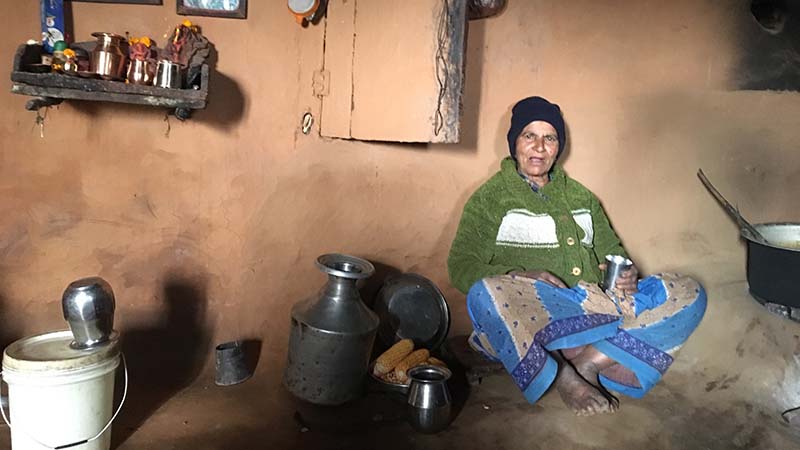
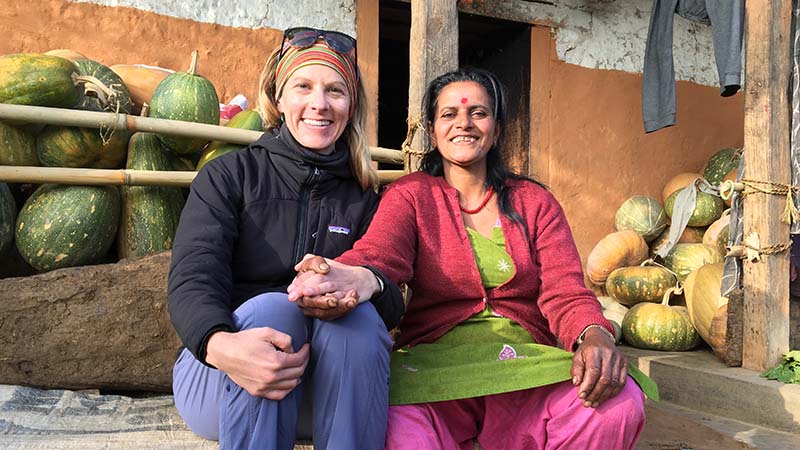
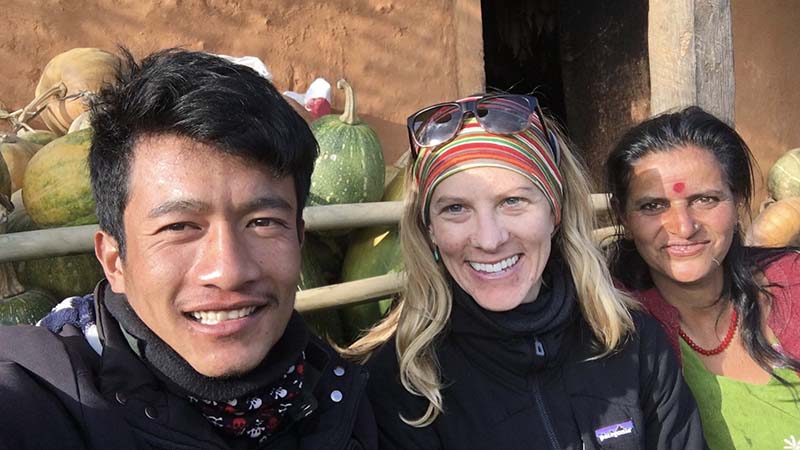
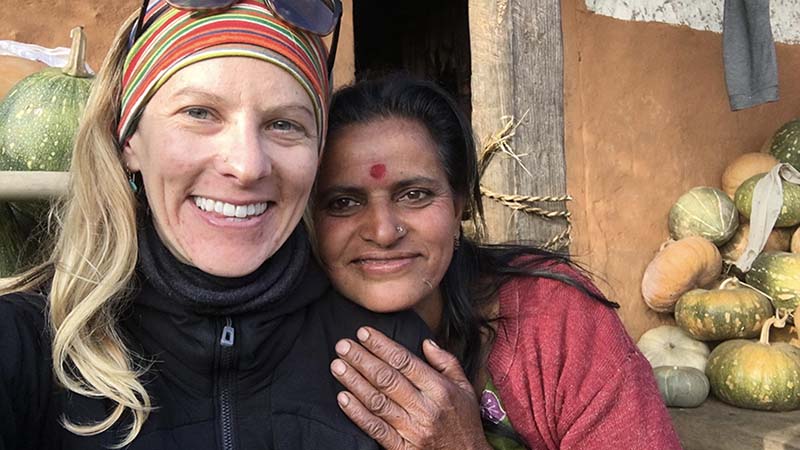
Reflecting on this day, I am overwhelmed with so much Love for my patients and my experience in Nepal. These four months have forever changed my life and I hope to come back again very soon. ---Warmest Namaste, Kallie Harrison RN, LAc, McAOM

- Details
- By Yun Xiao
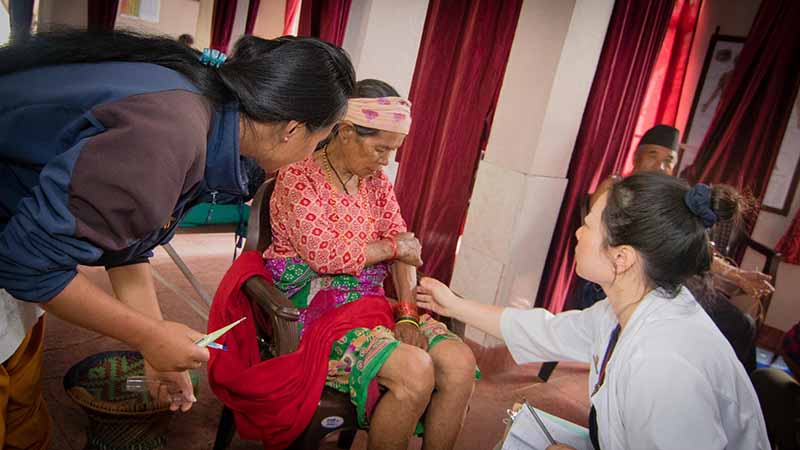

Sitting in front a window at the Roadhouse in Thamel, realizing I’ll be leaving Nepal in less than 8 hours, feel like unreal. There is a strong voice inside me saying: I don’t want to go! These two months was like a dream, the kind of dream I wish I could encounter again and again. This is a country I ended up falling in love with regardless of its poor infrastructure and poverty. Before I came, I thought it would be just like any other trip I had, only with longer time and a bunch of volunteer work. I never thought this could be a trip that changed so much of me that my life will never be the same. This is a place I call it “home”, with many faces that I’ll miss in the future. This is a place I want to be a part of, not just as a tourist.
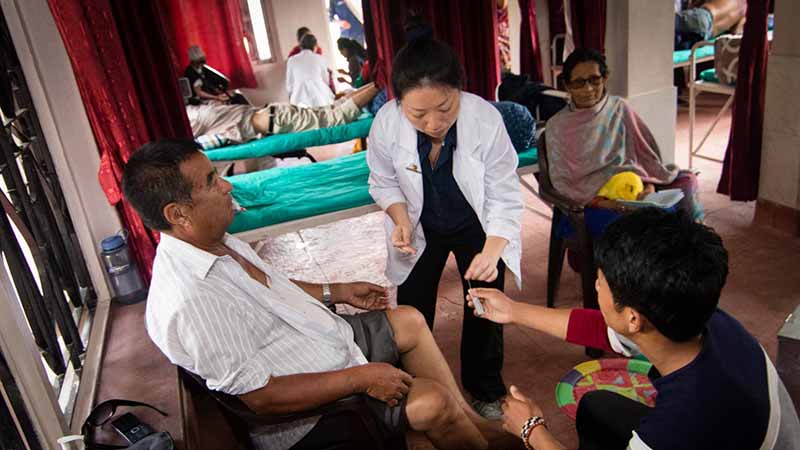

Here a cup of tea becomes much tastier because of the companionship. The meals are yummier with the cheerful spirit that our cook Bibek put into it. The stress is none as I’m always surrounded by those beautiful souls who made every moment delightful. The time here is just a rough guideline when you have nothing to do but enjoy the conversations while bathing under the sunshine. It was a great honor to be a medical provider for the people here, knowing that some of them walked hours to the clinic for me to carry out a treatment. Those moments that I was sitting on the stairways to have my hair braided by my lovely Ambrita will never fade. Sushila’s handcrafts, Bimala’s angel-like voice are the best things in the world. Those smiles, tears and hugs from our young interpreters touched me deeply every day. They say “Don’t go. Please don’t go.” If I have the choice, I’ll say “no, I won’t go” --- Yun Xiao

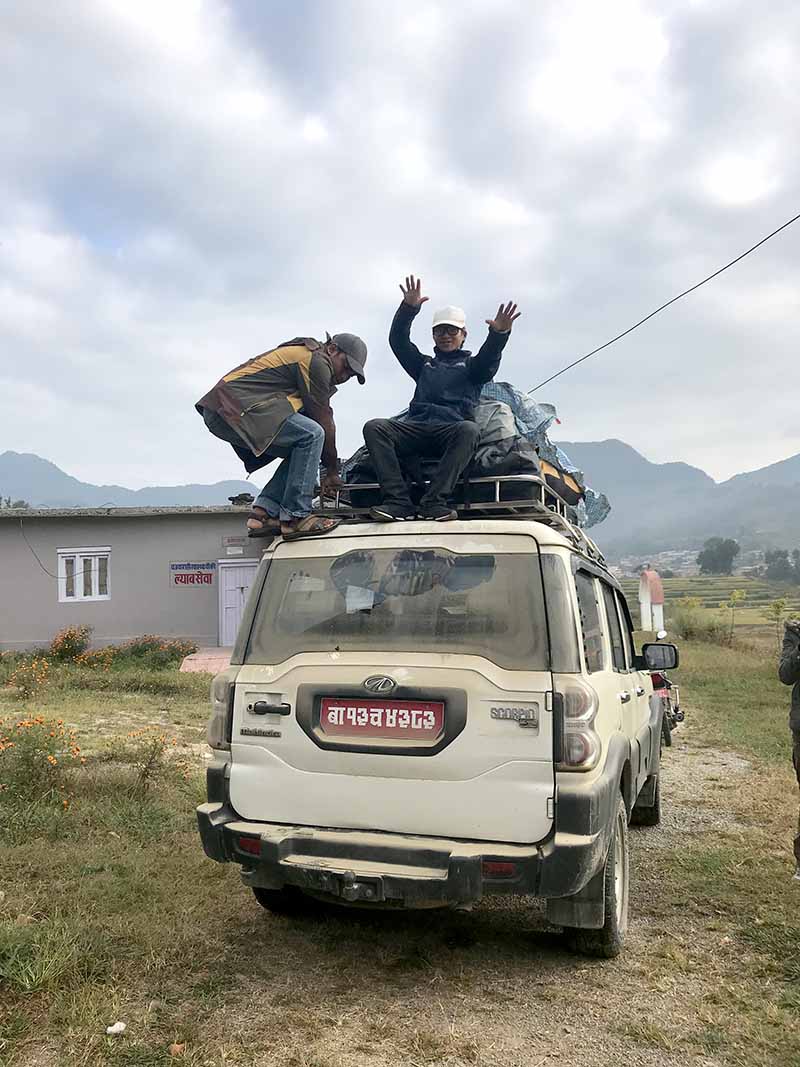
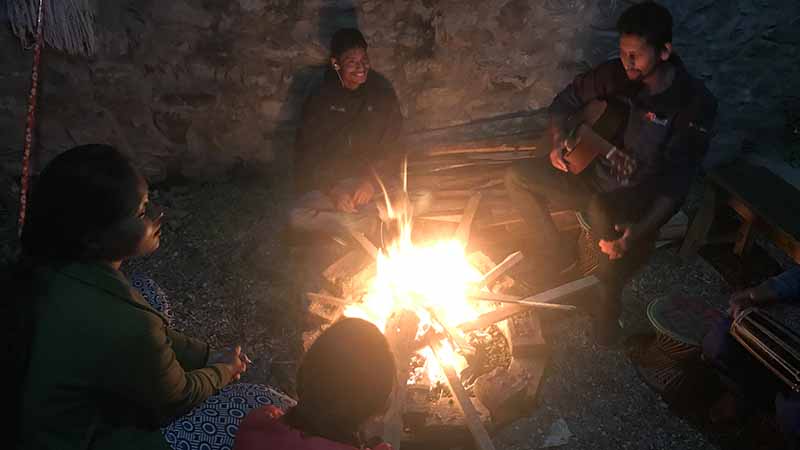

- Heart Wrenching at Times and Exhausting at Others
- Walkabouts in Nepal’s Agricultural Nirvana
- The Work of Farming
- Everyday Acupuncture Podcast
- Jatra: The goddess
- Beyond the White Coat
- Baskets and Knees
- A Day in Bajrabarahi: Where There are No Doctors
- Ten Years in Nepal: A Tale of Three Brothers
- Death
Our Mission
Acupuncture Relief Project, Inc. is a volunteer-based, 501(c)3 non-profit organization (Tax ID: 26-3335265). Our mission is to provide free medical support to those affected by poverty, conflict or disaster while offering an educationally meaningful experience to influence the professional development and personal growth of compassionate medical practitioners.
